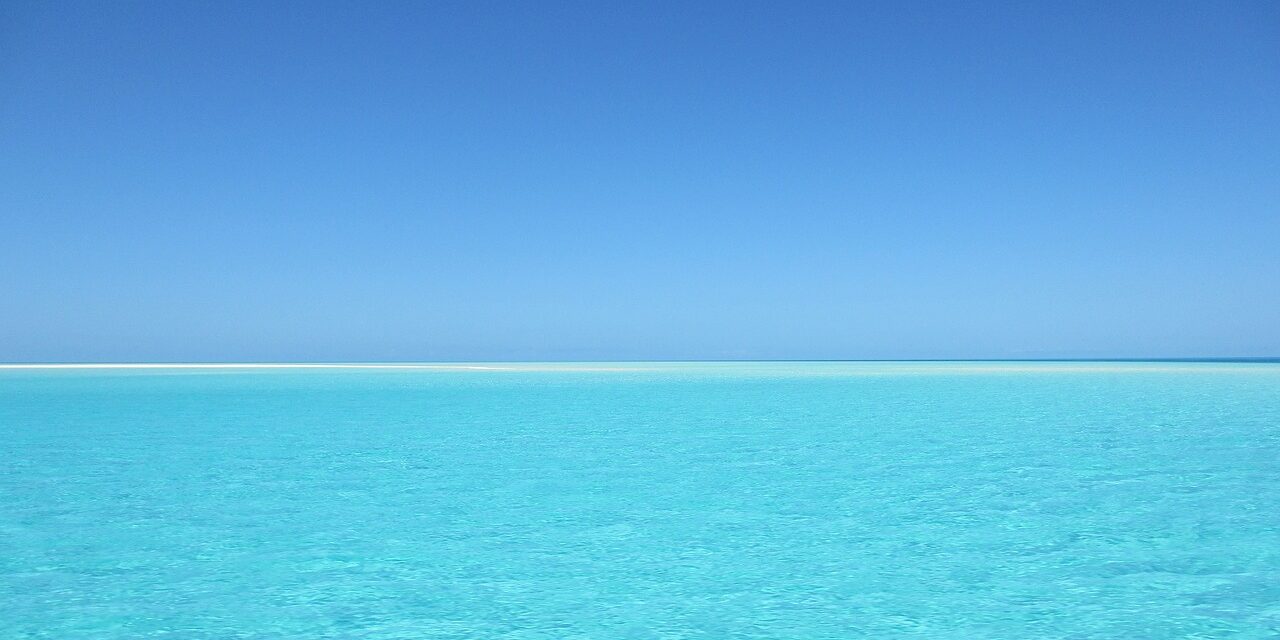Color plays a pivotal role in the natural world, serving as a means of communication, camouflage, and attraction across various species. Among the spectrum of visible light, certain colors are exceedingly rare in nature, stirring the curiosity of scientists, artists, and nature enthusiasts alike. This essay delves into the rarest colors found in nature, with a particular focus on the color blue, which has garnered attention for its scarcity and significance.
The color blue is exceptional in the natural world for several reasons. First and foremost, blue pigments are rare among plants and animals. Unlike other colors achieved through pigments like green (chlorophyll) or yellow (carotenoids), blue is largely produced through structural coloration. This phenomenon occurs when microscopic structures on the surfaces of certain organisms reflect light in such a way that it appears blue. Notably, these structural features consist of nanostructures that manipulate light via interference or diffraction.
Statistical analyses indicate that less than 10% of flowering plants produce blue flowers. Research by Dr. John F. A. Peters highlights that blue flowers, such as those from the genus Lobelia or *Brunnera*, are significantly outnumbered by their red and yellow counterparts. In fact, in a study spanning over 1,000 species, only 3% were found to have true blue pigments, which are derived from compounds such as delphinidin. This underlines the rarity of blue in the plant kingdom, making it an exceptional occurrence in an otherwise vibrant spectrum.
The scarcity of blue extends beyond flora to fauna. Many animals exhibit shades of blue not through pigments but through structural coloration. One notable example is the Morpho butterfly (*Morpho peleides*), which possesses wing scales that reflect specific wavelengths of light to create an iridescent blue appearance. This striking coloration serves both display purposes for mating and as a deterrent against predators. Researchers have noted that the blue wings of Morpho butterflies can reflect up to 80% of light in the blue spectrum, demonstrating the efficiency of structural coloration in nature.
In the avian realm, the blue jay (*Cyanocitta cristata*) exemplifies the rarity of the color. Its vibrant blue plumage is not a result of blue pigments; instead, it arises from the microscopic structure of the feathers, which scatter light to produce the blue hue. The consequences of this rarity are significant; blue jays utilize their coloration in social signaling and territorial displays, affirming the importance of blue hues within animal behavior.
The biological implications of the rarity of blue extend into the realms of ecology and evolution. The limitations of blue pigmentation can influence plant-animal interactions, particularly in pollination. Pollinators like bees are sensitive to certain wavelengths, and blue flowers offer a visual signal that attracts specific species at particular times, influencing the biodiversity of ecosystems.
In the context of human perception, the rarity of the color blue in nature has led to a historical fascination. Ancient civilizations often associated blue with divinity, power, and beauty, as seen in the use of lapis lazuli in Egyptian artifacts and the development of ultramarine in the Renaissance. The meaning of blue has evolved over time, illustrating humanity’s complex relationship with this elusive color.
Data on the perception of blue reveals its profound impact on cultural and psychological dimensions. A survey by the color marketing group Color Marketing Group indicates that blue consistently ranks as the world’s favorite color, chosen by approximately 40% of respondents across various demographic groups. This preference further emphasizes blue’s rarity, as it highlights a desire for a color that is not as commonplace in our natural surroundings.
In conclusion, the investigation of blue as the rarest color in nature underscores its unique ecological, biological, and cultural significance. From the structural coloration seen in flowers and fauna to its historical perception, blue remains an extraordinary phenomenon within the natural world. The statistical evidence, underscoring its scarcity in the plant kingdom and the substantial impact it has on ecological interactions, positions blue as more than just a hue; it is an essential thread in the complex tapestry of life. By understanding and appreciating the rarity of blue, we can foster a deeper respect for the intricacies of our planet’s biodiversity and continue to explore the profound implications of color in nature.

